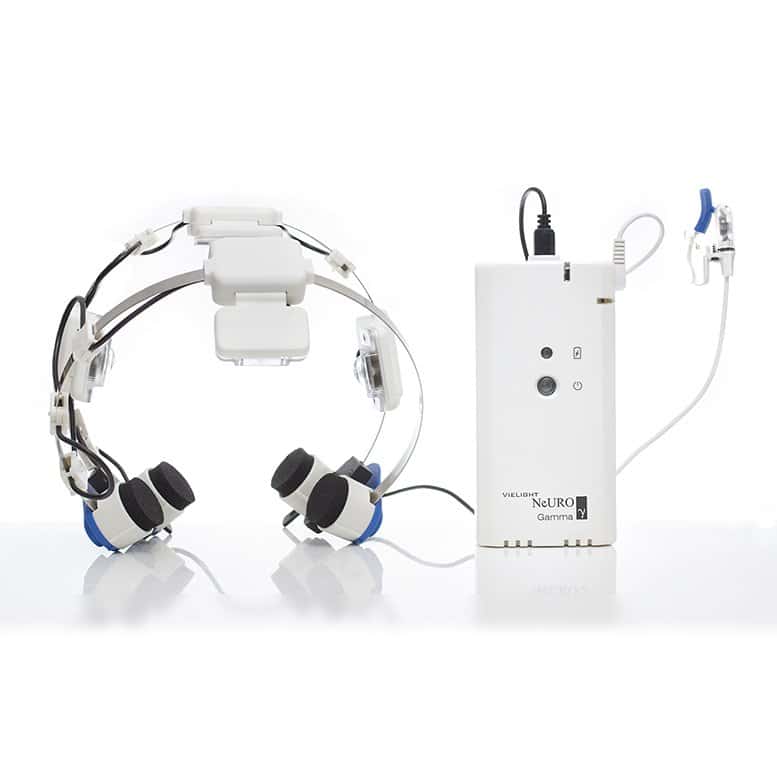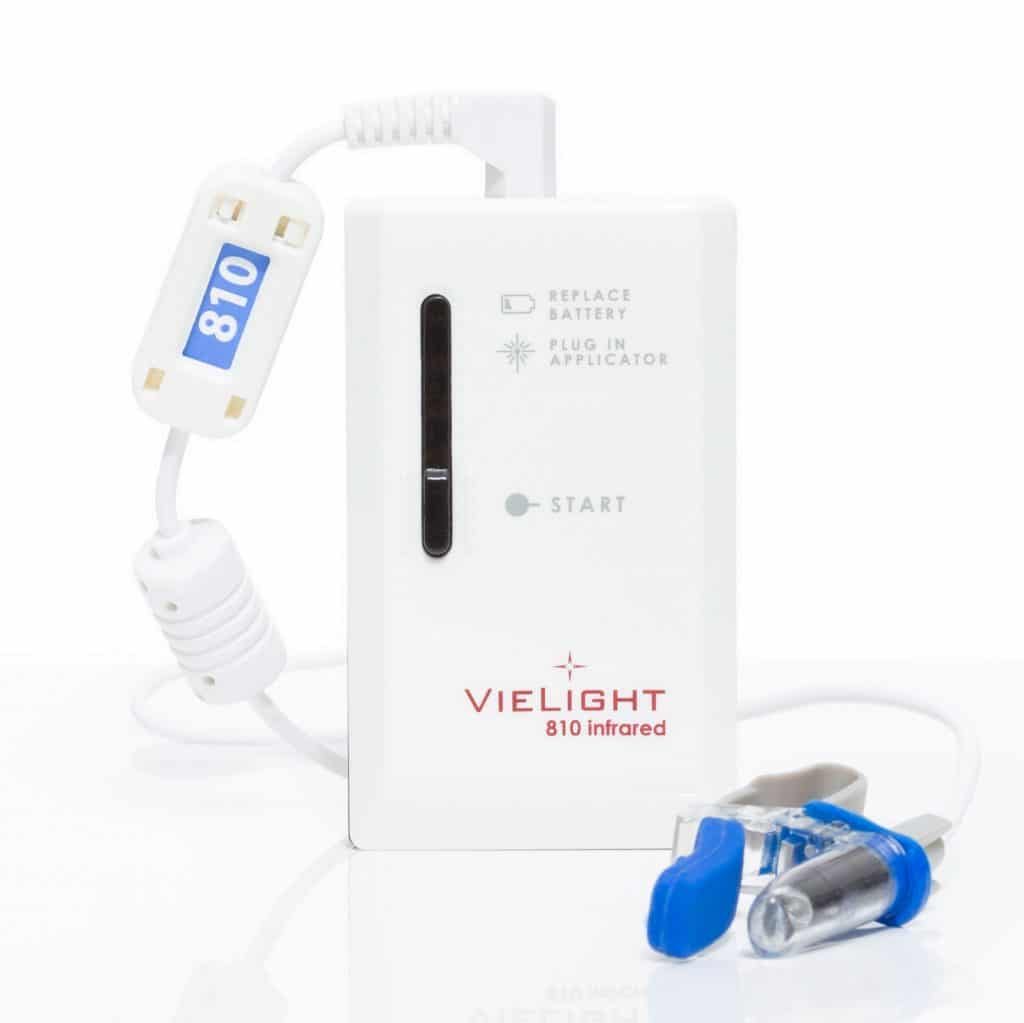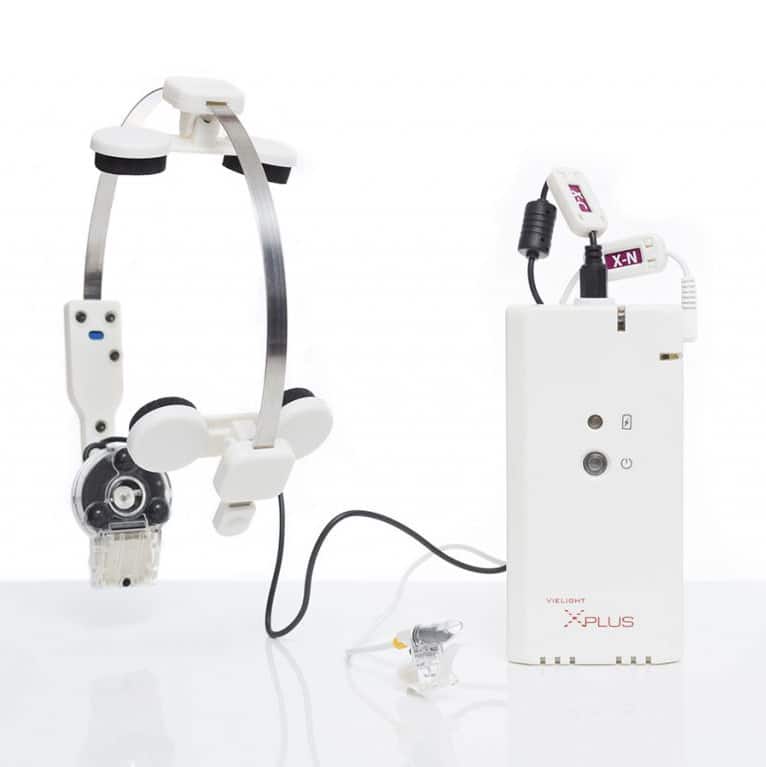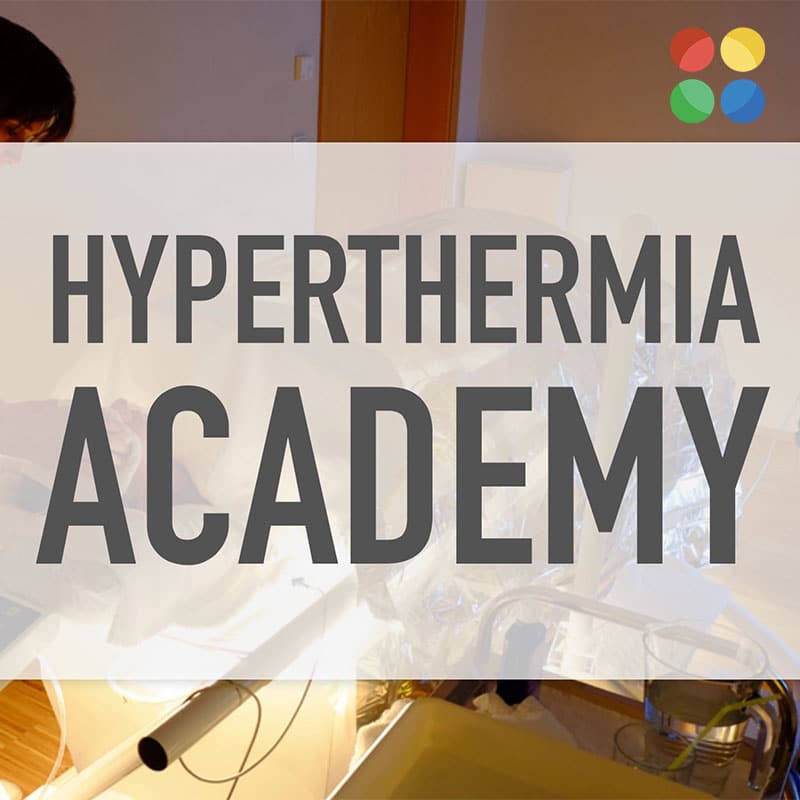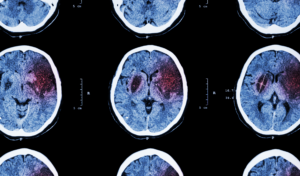References:
1. Bird, T.D. (1998). Alzheimer disease overview. GeneReviews® [Internet]. Retrieved from https://www.ncbi.nlm.nih.gov/books/NBK1161/
2. Goedert, M. (2015). Alzheimer’s and Parkinson’s diseases: the prion concept in relation to assembled Aβ, tau, and α-synuclein. Science, 349, 1255555.
3. Stone, J. (2008). What initiates the formation of senile plaques? The origin of Alzheimer-like dementias in capillary haemorrhages. Medical Hypotheses, 71, 347–359.
4. Gonzalez-Lima, F., Barksdale B.R., & Rojas J.C. (2014). Mitochondrial respiration as a target for neuroprotection and cognitive enhancement. Biochemical Pharmacology, 88, 584–593. 10.1016/j.bcp.2013.11.010
5. Bergman, H., & Deuschl, G. (2002). Pathophysiology of Parkinson’s disease: from clinical neurology to basic neuroscience and back. Movement Disorders, 7(Suppl. 3), S28–S40.
6. Lanciego, J.L., Luquin, N., & Obeso, J.A. (2012). Functional Neuroanatomy of the Basal Ganglia. Cold Springs Harbor Perspectives in Medicine, 2(12), a009621.
7. De Virgilio, A. et al. (2016). Parkinson’s disease: Autoimmunity and neuroinflammation. Autoimmunity Reviews, 15(10), 1005-1011. doi: 10.1016/j.autrev.2016.07.022.
8. Gitler A.D. et al. (2009). Alpha-synuclein is part of a diverse and highly conserved interaction network that includes PARK9 and manganese toxicity. Natural Genetics, 41, 308–315.
9. Exner, N. et al. (2012). Mitochondrial dysfunction in Parkinson’s disease: molecular mechanisms and pathophysiological consequences. EMBO Journal, 31, 3038–3062. 10.1038/emboj.2012.170
10. Johnstone, D.M. et al. (2015). Turning On Lights to Stop Neurodegeneration: The Potential of Near Infrared Light Therapy in Alzheimer’s and Parkinson’s Disease. Frontiers in Neuroscience, 9, 500. doi: 10.3389/fnins.2015.00500
11. Colucci-D’Amato, L., & Bonavita, V. (2006). The end of the central dogma of neurobiology: stem cells and neurogenesis in adult CNS. Neurological Science, 27(4), 266-270.
12. Altman, J. (1962). Are new neurons formed in the brains of adult mammals? Science, 135, 1127-1128.
13. Kaplan, M.S., & Hinds, J.W. (1977). Neurogenesis in the adult rat: electron microscopic analysis of light radioautographs. Science, 197, 1092-1094.
14. Martino, G. et al. (2011). Brain regeneration in physiology and pathology: the immune signature driving therapeutic plasticity of neural stem cells. Physiological Reviews, 91(4), 1281-1304.
15. Nottebohm, F. (2002). Why are some neurons replaced in adult brain? Journal of Neuroscience, 22(3), 624-628.
16. Naeser, M.A. et al. (2014). Significant improvements in cognitive performance post-transcranial, red/near-infrared light-emitting diode treatments in chronic, mild traumatic brain injury: open-protocol study. Journal of Neurotrauma, 31,(11), 1008-1017. doi: 10.1089/neu.2013.3244.
17. Barrett, D.W., & Gonzalez-Lima, F. (2013). Transcranial infrared laser stimulation produces beneficial cognitive and emotional effects in humans. Neuroscience, 230, 13-23. doi: 10.1016/j.neuroscience.2012.11.016.
18. Blanco, N.J., Maddox, W.T., & Gonzalez-Lima, F. (2015). Journal of Neuropsychology, 11(1),14-25. doi: 10.1111/jnp.12074.
19. Xuan, W. et al. (2013). Transcranial low-level laser therapy improves neurological performance in traumatic brain injury in mice: effect of treatment repetition regimen. PLoS ONE, 8, e53454.
20. Xuan, W. et al. (2014). Transcranial low-level laser therapy enhances learning, memory, and neuroprogenitor cells after traumatic brain injury in mice. Journal of Biomedical Optics, 191(10), 108003.
21. Michalikova, S. et al. (2008). Emotional responses and memory performance of middle-aged CD1 mice in a 3D maze: effects of low infrared light. Neurobiology of Learning and Memory, 89(4), 480-488.
22. Shaw, V.E. et al. (2012). Patterns of Cell Activity in the Subthalamic Region Associated with the Neuroprotective Action of Near-Infrared Light Treatment in MPTP-Treated Mice. Parkinsonian Disease, 2012, 29875. doi: 10.1155/2012/296875.
23. Darlot, F. et al. (2016). Near-infrared light is neuroprotective in a monkey model of Parkinson disease. Annals of Neurology, 79(1), 59-65. doi: 10.1002/ana.24542.
24. Maloney, R., Shanks, S., & Maloney J. (2010). The application of low-level laser therapy for the symptomatic care of late stage Parkinson’s disease: a non-controlled, non-randomized study. American Society of Laser Medicine and Surgery, 185.
25. Rojas, J.C., & Gonzalez-Lima, F. (2011). Low-level light therapy of the eye and brain. Eye and Brain, 3, 49–67.
26. Muili, K.A. et al. (2012). Amelioration of experimental autoimmune encephalomyelitis in C57BL/6 mice by photobiomodulation induced by 670 nm light. PLoS ONE, 7, e30655.
27. Chung, H. et al. (2012). The Nuts and Bolts of Low-level Laser (Light) Therapy. Annals of Biomedical Engineering, 40(2), 516-533.gma
28. Hou, S.T. et al. (2008). Permissive and Repulsive Cues and Signalling Pathways of Axonal Outgrowth and Regeneration. International Review of Cell and Molecular Biology, 267, 121-181.
29. Purushothuman, S. et al. (2013). The impact of near-infrared light on dopaminergic cell survival in a transgenic mouse model of parkinsonism. Brain Research, 1535, 61–70.



